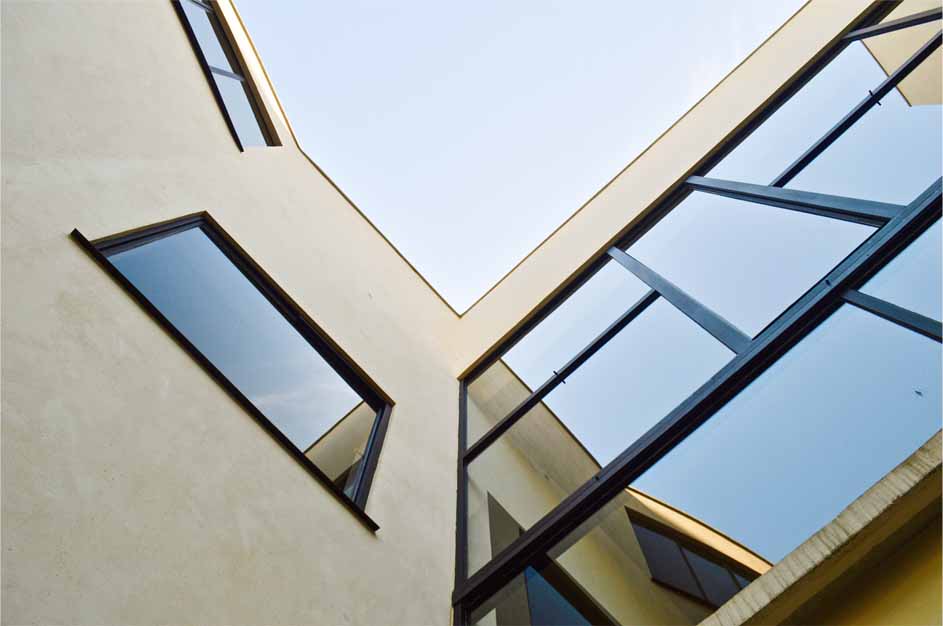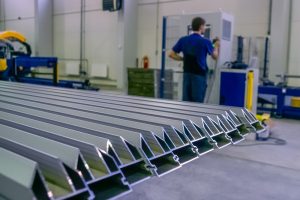One of our concerns today is the lack of energy reserves on the planet. Therefore, various methods have been used to reduce and optimize energy consumption. Buildings are one of the largest sources of energy waste, which in the event of excessive energy consumption, in addition to fueling the problem of energy crisis in the world, will also exacerbate environmental pollution.
The construction sector in each country accounts for more than a third of the country’s energy consumption, which is valued at $ 6 billion annually at global prices.
The rational use of energy has been at the forefront of the work of countries without fossil fuels and has led them to take seriously the issue of optimizing energy consumption in one of the main centers of energy consumption, namely residential buildings.Thus, for several years, countries such as Germany, Sweden, Italy, England, etc. have developed special laws in the field of construction and the use of thermal insulation, improving the method of heating and cooling and the overall structure of the building to optimize energy consumption. Have been enforced.
The implementation of these cases has had interesting results, so that these countries have managed to save up to 83% in energy consumption by applying these laws. According to the balance sheet of 2008, energy consumption in the residential and commercial buildings of Iran is about 43% of total energy consumption, which will save about 83% in that figure will be very significant.
The role of windows in energy dissipation of buildings
Experts attribute 40-50% of the energy loss in buildings to windows. Windows, which are in fact an integral part of any building, play an important role in conducting heat and radiant heat in any building complex. Windows waste energy in a building in two ways;
1.Difference between indoor and outdoor air temperature
2.Infiltration of outside air into the building
New technologies for windows have increased the possibility of better use of energy as well as creating comfort in the environment and have provided more scientific solutions to window consumers. Due to the significant impact of windows on energy consumption in the building, it is necessary to consider the factors that can reduce energy loss through windows.
Using multi-glazed windows is a way to reduce heat loss
By replacing old doors and windows with multi-glazed windows, the 40 to 50 percent share of windows in energy waste is reduced by 20 percent or less. In fact, by replacing the windows, you can save 20 to 30 percent of the total energy consumption of the building. Therefore, one of the best ways to deal with energy waste is to use multi-glazed windows.
Double-glazed windows usually have an extra glass that traps air between the two windows and acts as a thermal insulator, as well as reducing heat loss in the form of conduction. The effectiveness of double glazed windows as thermal insulation can be significantly increased by sucking air between two panes and creating a vacuum. There are now triple glazed windows that improve window performance to prevent energy loss.
Thermal break aluminum windows are a basic solution to save energy
Double-glazed window frames are made of different materials, one of the most important of which is aluminum. Aluminum double glazed windows, especially thermal break aluminum windows, minimize heat loss through the windows.
Thermal break double-glazed aluminum windows have revolutionized the door and window industry, and by insulating aluminum profiles, they have further enhanced the benefits of aluminum doors and windows, especially in terms of energy savings. One of the most important components of these profiles is the insulation blade known as polyamide blade.
To insulate aluminum doors and windows, polyamide blades are used between aluminum profiles, which are called thermal break windows. The term thermal break means thermal failure. The polyamide blade passes through the longitudinal section of the profiles and separates the outer wall of the window from the inner wall of the window.
(Photo 1)
Polyamide is actually an insulation between the outside wall and the wall inside the window, which cuts the connection between the outside environment and the inside environment. The use of polyamide blades in aluminum profiles reduces the heat transfer coefficient of aluminum to a minimum. In fact, polyamide cuts conductivity in aluminum alloy.
(Photo 2)
Polyamide blades are sewn to each of the walls of the outer and inner aluminum profiles using special machines.
These blades are made of polyamide 6.6 with 25% fiberglass with a heat transfer coefficient of 0.3 w ⁄m ^ k, which greatly reduces energy loss in the aluminum thermal break window.
(Photo 3)
Thermal break aluminum profiles of Theta Iran Company, due to having polyamide strips between the inner and outer walls of the profiles, prevent heat and cold transfer and reduce energy consumption and reduce the cost of basic infrastructure facilities in buildings. The use of double-glazed windows in the thermal break window itself creates a kind of sound and heat insulation, which, along with the use of polyamide strips, significantly prevents noise pollution and brings peace to the residents of the house.




